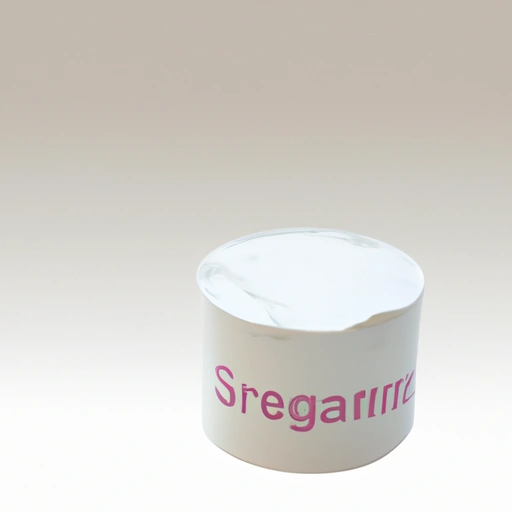Single Cream
Description

Single cream, also known as pouring cream, is a rich and versatile dairy product. It is lighter than double cream with a fat content that typically ranges from 18% to 20%. In American units, this translates to a fat content of approximately 3.6-4 ounces per pound, while in European or metric units, it is about 180-200 grams of fat per kilogram. Single cream is fluid enough to pour and is often used in both sweet and savory recipes.
Common uses
Single cream is commonly used as a lighter alternative to double or heavy cream. It is ideal for adding creaminess to soups and sauces without making them too thick. Furthermore, it can be whipped to a light froth but will not achieve the same voluminous peaks as higher-fat creams. Single cream is also a popular choice for pouring over desserts such as puddings, pies, and fruits.
Nutritional value
Calories
Typically, single cream contains about 200 calories per 100 milliliters, or about 8 calories per teaspoon. In American units, this equates to approximately 95 calories per fluid ounce.
Protein
Single cream provides around 2.6 grams of protein per 100 milliliters. That's about 0.1 gram of protein per teaspoon, or roughly 0.37 grams per fluid ounce.
Fat
The fat content of single cream is roughly 18-20 grams per 100 milliliters. In teaspoons, this would be close to 0.9-1 gram, and about 5.4-6 grams per fluid ounce.
Carbohydrates
There are approximately 4 grams of carbohydrates in 100 milliliters of single cream, or about 0.2 grams per teaspoon and 1.2 grams per fluid ounce.
Vitamins
Single cream is a good source of vitamin A and D, with smaller amounts of vitamin E and some B vitamins.
Minerals
It contains minerals such as calcium and phosphorus, important for bone health, and trace amounts of potassium and magnesium.
Health benefits
Single cream provides vitamins and minerals that are essential for health, including calcium and phosphorus. The presence of fat-soluble vitamins A and D support immune function and bone health, respectively.
Potential risks
Due to its fat content, excessive consumption of single cream can contribute to weight gain and may increase the risk of heart disease. Lactose intolerance and dairy allergies are also potential concerns for some individuals.
Common recipes
Single cream is used in a variety of recipes from sauces like carbonara or a light custard, to desserts such as fruit tarts and scones.
Cooking methods
It can be gently heated and used as a base for creamy soups, poured directly into hot beverages like coffee or used as a garnish for warm desserts.
Pairing with other ingredients
It pairs well with fresh berries, chocolate, and is often used to balance the acidity in tomato-based dishes.
Summary
Single cream is a delicious and adaptable ingredient that can enhance a multitude of dishes. It provides richness without being overly heavy, making it a favorite in many kitchens. While it is nutritious, moderation is key due to its high-fat content. Its historical origins and continuing popularity attest to its culinary value and appeal.